Your cart is empty!
Make checkout easy by booking all your reservations at once. Add your sites from different campgrounds into your shopping cart* and then choose checkout.
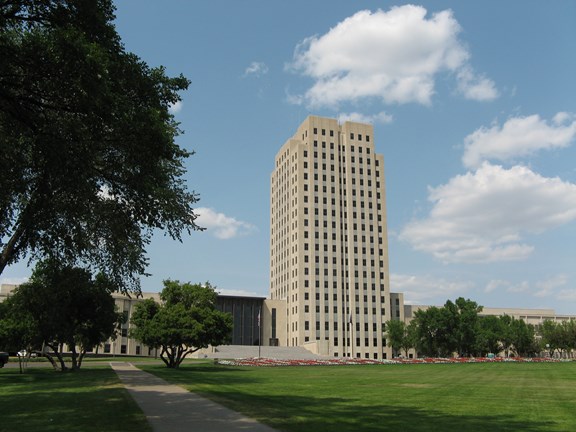
Often referred to as "The Skyscraper on the Prairie." State Capitol Tours are conducted on the hour from 8 to 11 a.m. and 1 to 4 p.m. all year. From Memorial Day to Labor Day tours are available on Saturdays 9 a.m. to 4 p.m. and Sundays 1 to 4 p.m.
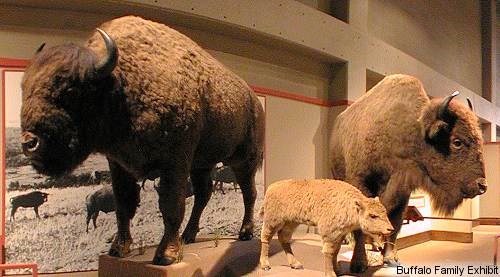
Located at the State Capital this museum features many plains Indians artifacts and much about the military and agricultural history of the area. The Main Gallery traces millions of years of North Dakota history from dinosaurs to the depression.
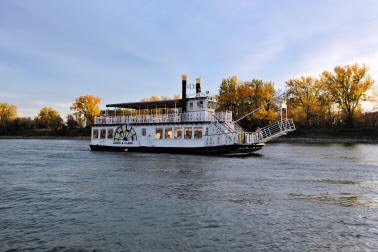
Cruise the Majestic Missouri River on the Lewis &,Clark Riverboat, a 150 passenger vessel located at the Historic Port of Bismarck. Daily cruises include Afternoon, Evening, and Sunset times. Signature cruises are also available featuring Pizza, Barbecue, and Family Picnics.
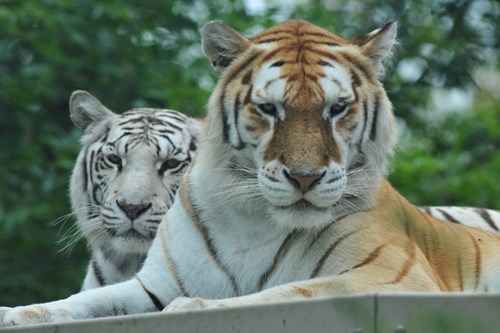
On June 3, 1961, the Dakota Zoo opened its gates to the public with 75 mammals and 23 birds on some 15 acres of developed land. Forty thousand visitors paid a ten cent admission fee that first year to visit the zoo. Today, an average of over 100,000 people walk through the gates each year and view 125 species of birds, reptiles, insects and mammals. Check out all the wild and exciting adventures!
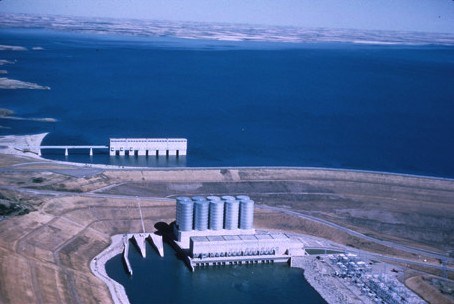
One of six dams on the Missouri River, Garrison Dam was responsible for the creation of Lake Sakakawea. Lake Sakakawea is the third largest man-made lake in the United States. The dam is 210 feet high and two-and-a-half miles long. Its embankment consists of 66.5 million yards of rolled earth fill. Free guided public tours are held daily from Memorial Day weekend through Labor Day weekend. Lake Sakakawea provides many recreational opportunities for North Dakota residents and tourists.
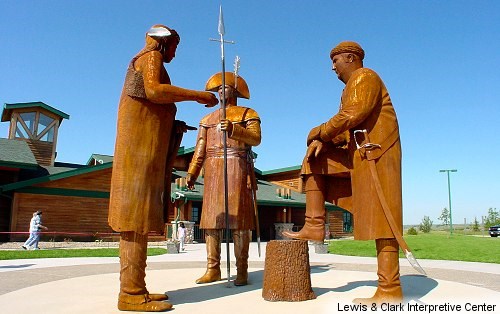
Take in the legacy of Lewis and Clark at the Lewis & Clark Interpretive Center , located at the intersection of US Highway 83 and ND Highway 200A near Washburn. The site is near where the Expedition wintered in 1804 and 1805. The exhibits focus on the interaction between the explorers and the native peoples. Visitors can hear the music that the explorers enjoyed, try on a buffalo robe and wear a cradle board much like the one used by Sakakawea to carry her baby on the journey. See items from nearly all of the tribes that Lewis and Clark encountered and view Karl Bodmer prints in the Bergquist Art Museum. The gift shop features an extensive Lewis and Clark collection. The center also includes a spacious rest area that is open to the public 24 hours a day.
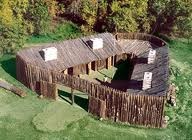
During the winter of 1804-05, the Lewis and Clark Expedition made camp on a section of the Missouri River about 12 miles west of present day Washburn, ND. The group constructed a log fort a short distance from five Indian villages occupied by Mandan and Hidatsa Indians. The structure was named Fort Mandan in honor of one of the local Indian tribes. The fort served as home for the Expedition during the cold, long winter.
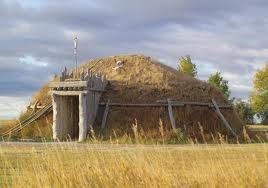
The Knife River Indian Villages site was once home to several villages of Hidatsa and Mandan Indians, with a population of 3,000 - 5,000 people. These villages are where Lewis and Clark obtained the services of Sakakawea and her husband Charbonneau. Visible remains of earthlodge dwellings, cache pits, fortification ditches and travois trails are in an extraordinarily fine state. Museum has exhibits of Indian artifacts and crafts, an orientation film and a full-sized earth lodge.
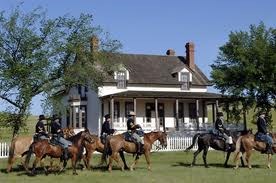
Rich in both military and early Native American history, Fort Abraham Lincoln was once an important infantry and cavalry post. It was from this fort that Lt. Col. George Armstrong Custer and the Seventh Cavalry rode out on their ill-fated expedition against the Sioux at the Little Big Horn. Portions of the military post, including the Custer House, have been reconstructed.
That doesn't mean this area has to always be empty. When you start reviewing camping options, your history will display here to help compare sites and find the best stay. You will be able to share your stay information with friends or family and save it for a later time if you have a KOA Account.
Make checkout easy by booking all your reservations at once. Add your sites from different campgrounds into your shopping cart* and then choose checkout.